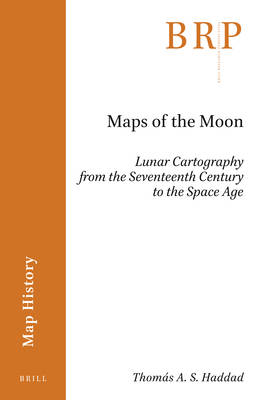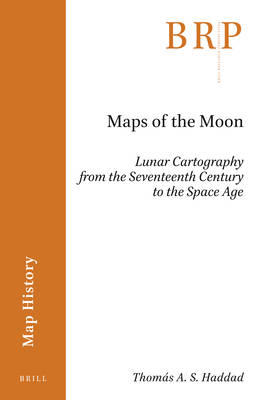
- Afhalen na 1 uur in een winkel met voorraad
- Gratis thuislevering in België vanaf € 30
- Ruim aanbod met 7 miljoen producten
- Afhalen na 1 uur in een winkel met voorraad
- Gratis thuislevering in België vanaf € 30
- Ruim aanbod met 7 miljoen producten
€ 143,45
+ 286 punten
Omschrijving
When does a depiction of the moon become a lunar map? This publication addresses this question from theoretical and historical standpoints. It is argued that moon maps are of crucial importance to the history of cartography, for they challenge established notions of what a map is, how it functions, what its purposes are, and what kind of power it embodies and performs. The publication also shows how terrestrial cartography has shaped the history of lunar mapping since the seventeenth century, through visual and nomenclature conventions, the cultural currency of maps, mapmakers' social standing, and data-gathering and projection practices. It further demonstrates that lunar cartography has also been organized by an internal principle that is born of the fundamental problem of how to create static map spaces capable of representing a referent that is constantly changing to our eyes, as is the visible face of the moon. It is suggested that moon maps may be classed in three broad categories, according to the kinds of solutions for this representational problem that have been devised over the last 400 years.
Specificaties
Betrokkenen
- Auteur(s):
- Uitgeverij:
Inhoud
- Aantal bladzijden:
- 104
- Taal:
- Engels
- Reeks:
Eigenschappen
- Productcode (EAN):
- 9789004400887
- Verschijningsdatum:
- 30/12/2019
- Uitvoering:
- Paperback
- Formaat:
- Trade paperback (VS)
- Afmetingen:
- 152 mm x 231 mm
- Gewicht:
- 158 g

Alleen bij Standaard Boekhandel
+ 286 punten op je klantenkaart van Standaard Boekhandel
Beoordelingen
We publiceren alleen reviews die voldoen aan de voorwaarden voor reviews. Bekijk onze voorwaarden voor reviews.










